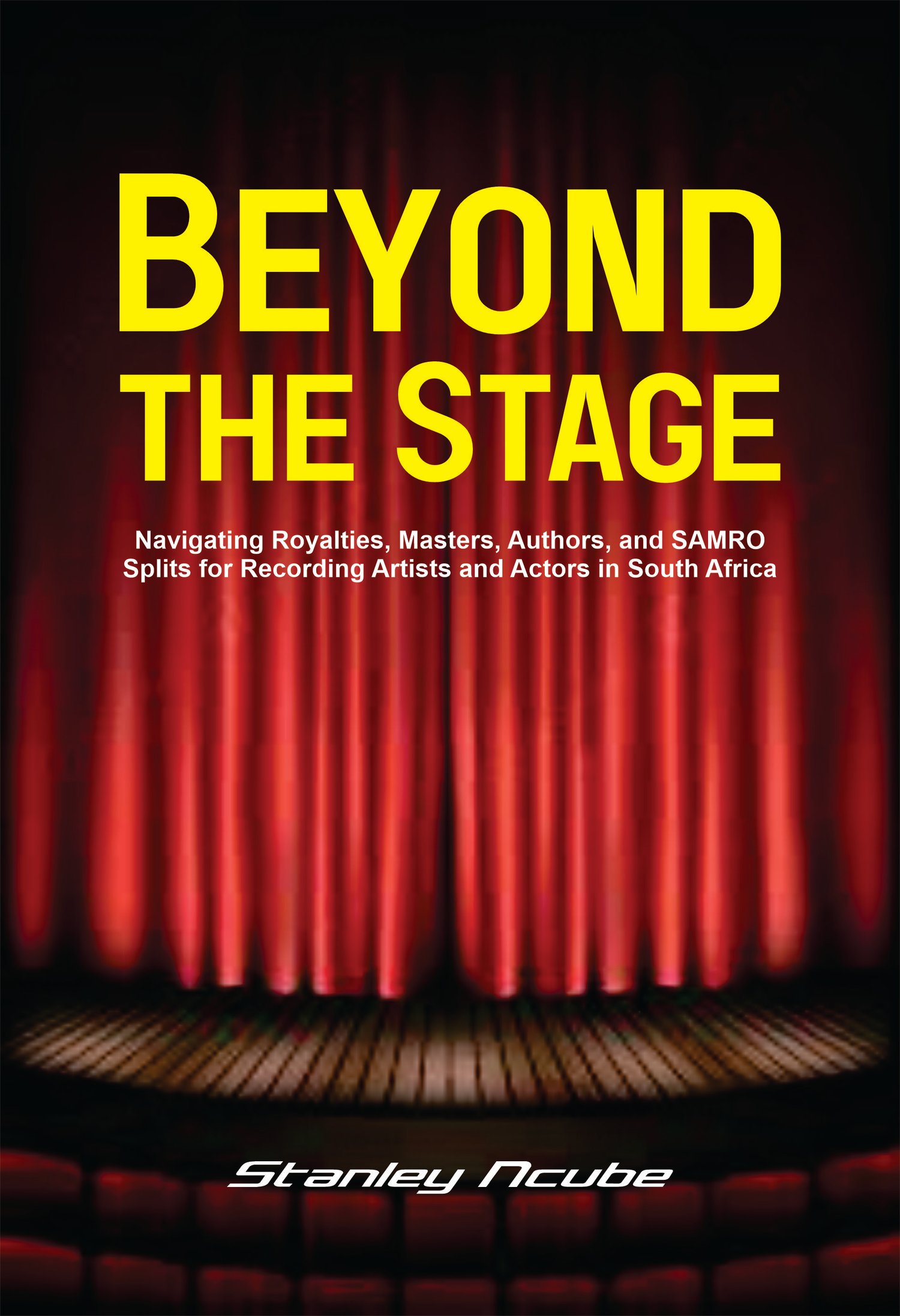
Beyond the Stage: Navigating Royalties, Masters, Authors, and SAMRO Splits for Recording Artists and Actors in South Africa By Stanley Ncube
Understanding Royalties and Maximizing Income
Introduction: In the wake of numerous instances where musicians and actors have fallen victim to exploitation and financial mismanagement, it has become increasingly crucial for artists to possess a comprehensive understanding of royalties and the financial aspects of their craft. This chapter aims to provide artists with the knowledge and tools they need to navigate the complex world of royalties and money, empowering them to protect their interests, make informed decisions, and maximize their income potential.
Section 1: The Importance of Royalties 1.1 The Role of Royalties in the Creative Industry: Exploring the financial significance of royalties and their impact on artists' income. 1.2 Understanding Different Types of Royalties: Performance royalties, mechanical royalties, synchronization royalties, and more – examining the various revenue streams available to artists. 1.3 Royalties as Intellectual Property Rights: Unveiling the connection between royalties and the protection of artists' creative works.
Section 2: Royalty Collection and Distribution 2.1 Collective Management Organizations (CMOs): Understanding the role of CMOs in collecting and distributing royalties on behalf of artists. 2.2 Registering with Royalty Collection Societies: Step-by-step guidance on how artists can register with the appropriate societies to ensure proper royalty collection. 2.3 Ensuring Accurate Royalty Reporting: Best practices for artists to track and report their works to CMOs, ensuring accurate royalty distribution.
Section 3: Maximizing Royalty Income 3.1 Negotiating Royalty Agreements: Strategies for artists to secure fair and favorable royalty agreements with record labels, publishers, and other entities. 3.2 Diversifying Income Streams: Exploring additional avenues for artists to generate income beyond traditional royalties, such as merchandise sales, endorsements, and live performances. 3.3 Managing Royalty Income: Financial planning and wealth management tips for artists to effectively manage and invest their royalty earnings.
Section 4: Financial Education and Empowerment 4.1 Financial Literacy for Artists: Equipping artists with essential financial knowledge, including budgeting, tax obligations, and investment strategies. 4.2 Building a Professional Support Network: Recognizing the importance of surrounding oneself with trusted advisors, such as lawyers, accountants, and financial planners, to safeguard financial interests.
Section 5: Protecting Against Exploitation 5.1 Understanding Contractual Terms and Rights: Empowering artists to navigate contract negotiations and protect their interests. 5.2 Detecting Royalty Fraud and Scams: Strategies for artists to recognize and prevent potential fraudulent activities that may impact their royalty earnings.
Conclusion: By delving into the intricacies of royalties and financial management, artists can arm themselves with the knowledge and tools necessary to safeguard their interests and maximize their income potential. This chapter serves as a comprehensive guide, offering practical advice and insights to empower artists to take control of their financial destinies. With this newfound understanding, artists can navigate the complex landscape of royalties with confidence and ensure they receive the financial recognition they deserve.

